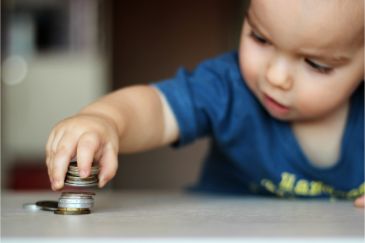 Booster seats are meant to protect our children from injury or death in the event of a vehicle collision. As parents and caregivers, we do our best to ensure our children’s safety. However, when it comes to car safety, we find ourselves completely at the mercy of car and booster seat manufacturers. These manufacturers market their products as safe, often claiming that they have been rigorously tested. But what are the standards and regulations for these tests? And can they be trusted?
Booster seats are meant to protect our children from injury or death in the event of a vehicle collision. As parents and caregivers, we do our best to ensure our children’s safety. However, when it comes to car safety, we find ourselves completely at the mercy of car and booster seat manufacturers. These manufacturers market their products as safe, often claiming that they have been rigorously tested. But what are the standards and regulations for these tests? And can they be trusted?
Booster Seat Regulations
While manufacturers often tout that their products have passed safety and collision tests, these tests are often based on the manufacturer’s own standards, and are often performed in-house with little to no outside regulation. For instance, when Evenflo’s side-impact test regulations were recently brought into question, it was found that the only two rules they had created for themselves when determining their product’s safety were that the child did not fall onto the car floor, and that the seat did not break into pieces.
In the U.S., car seat manufacturers are only required to perform crash tests that mimic head-on collisions. And yet, in 2018, side-impact crashes accounted for 1 out of every 4 car-wreck related deaths in children under 15.
In a recent investigation, a U.S. House subcommittee found that the largest car seat manufacturers “endangered the lives of millions of American children” and use misleading marketing regarding the safety of booster seats. Among these manufacturers are:
- Evenflo
- Graco
- KidsEmbrace
- Britax
- Dorel Juvenile
- Artsana
Another issue in child restraint system regulations is that in the U.S., booster seats are marketed as safe for children as light as 30 pounds, despite there being widespread expert consensus that booster seats are actually dangerous for children under 40 pounds.
Potential Dangers
Overly lax car and booster seat regulations have serious consequences. Like in the case of Jillian Brown and her family. In 2016, 5-year-old Jillian, who at the time weighed 37 pounds, was in her Evenflo Big Kid booster seat when she was in a side-impact accident on Long Island. Because of the Evenflo’s carelessness regarding safety, Jillian was left paralyzed and still relies on a ventilator to breathe.
Unfortunately, the Brown’s situation is not unique. In side-collision test videos, run by the manufacturers’, dummies are shown being flung around, with no neck or head support, all of which could lead to serious head, spinal and other injuries, or even death.
Protecting Your Family – In and Out of the Car
Regardless of what your child’s car seat indicates, it’s important to keep children who are under 40 pounds in a traditional car seat, and buckled with internal harnesses. If ever your child is injured while in a booster seat, seek immediate medical attention, and follow any doctor recommended therapy to ensure your child’s long-term wellbeing. Then be sure to reach out to your personal injury lawyers as it’s important that these manufactures be held responsible for the harm they cause due to their deliberate neglect.
Know that we at Christian & Christian are here for you and your family. If your child has suffered injury from a car accident, we want to ensure that you are given the respect and justice you deserve. Please feel free to contact us and allow us to support you.
